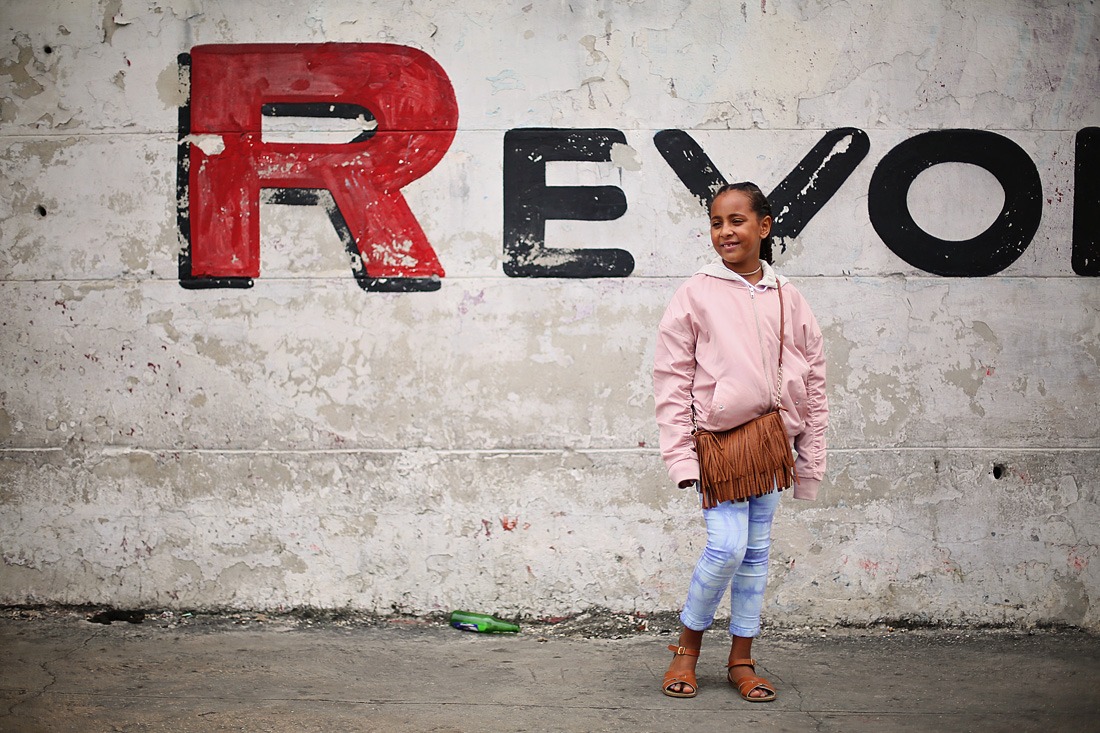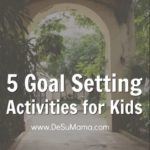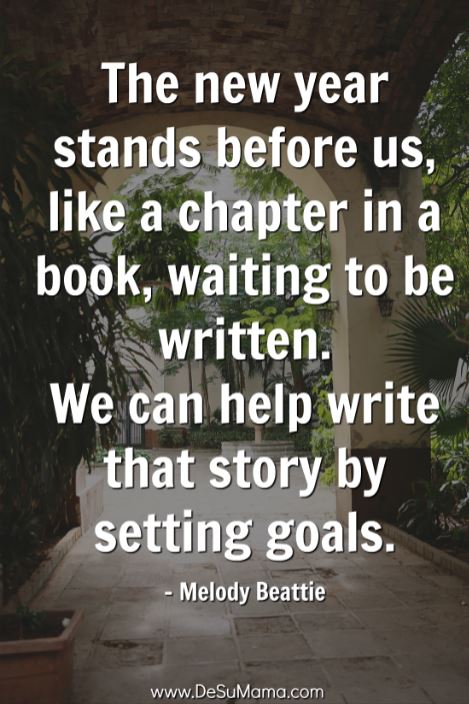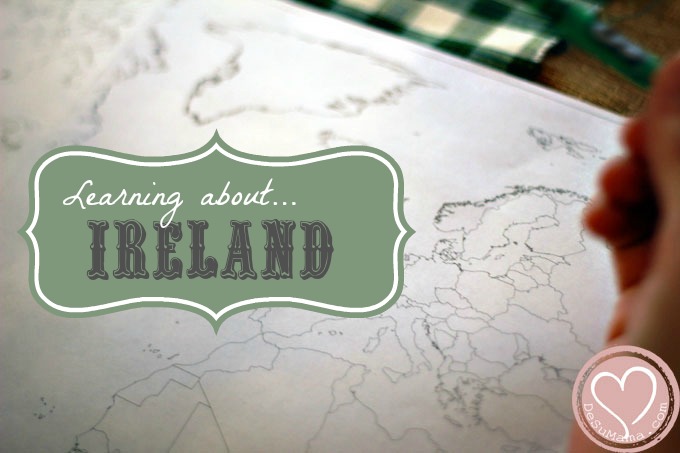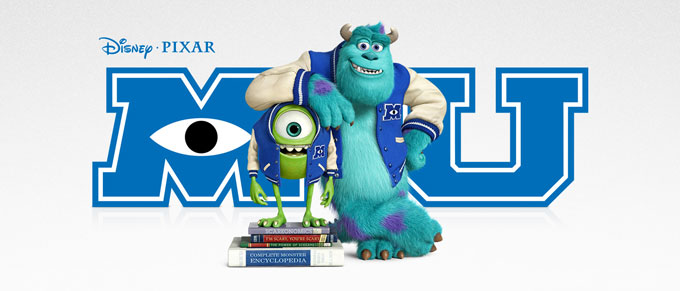There’s a revolution in our modern culture and it’s happening online. The internet makes information accessible for anyone wanting to learn a new skill, improve their mindset or connect with a faraway community. With the gates wide open, anyone can learn almost anything!!! One way the internet has transformed my life is the way I set goals and go after them while also juggling day-to-day demands. I love goal setting, but learning how to organize daily life to support those goals has made all the difference to my success… so I’m teaching my kids too! These simple goal setting activities are so powerful – yet often overlooked – and I believe kids should start developing these skills as early in life as possible.
In partnership with my friends at Responsibility.org, today’s tips are all about setting our family up for success. Not just during the holidays and into the New Year, but every single day. As a #TalkEarly Ambassador, I was lucky to meet Rachel Rosenthal, a home organization expert who offered us great ideas on how to achieve goals by keeping organized spaces. This post is sponsored, but all opinions are my own.
Goal Setting for Kids
What is Goal Setting?
Establishing a goal setting definition is a good place to start when figuring out why setting goals is a good idea. A goal definition helps kids to learn the process of identifying and measuring the things that they want to work for.
The definition of goal setting is the method used to identify something we want, followed by the measurable tasks and action plan necessary to acquire those things.
Why Set Goals?
So why set goals, anyway? I am a huge believer in goals. We can tell our kids to DREAM BIG all day, but GOALS list the steps to get us there. Over time, goals provide purpose and meaning to our lives. Goals help us stay focused and teach us discipline. Some examples of goals for my child include tasks in larger, life genres: academic goals, interpersonal or family goals, and personal goals.
These goals for my child instill the values we want her to focus on as she matures – mental and physical health, family relationships, discipline to do what’s needed or right and community. I don’t worry so much about the EXACT goal she creates as long as they fit into these larger genres and she’s practicing the goal setting activities listed below to foster adulting skills needed later in life.
Related: SMART Goal Setting for Kids Worksheet
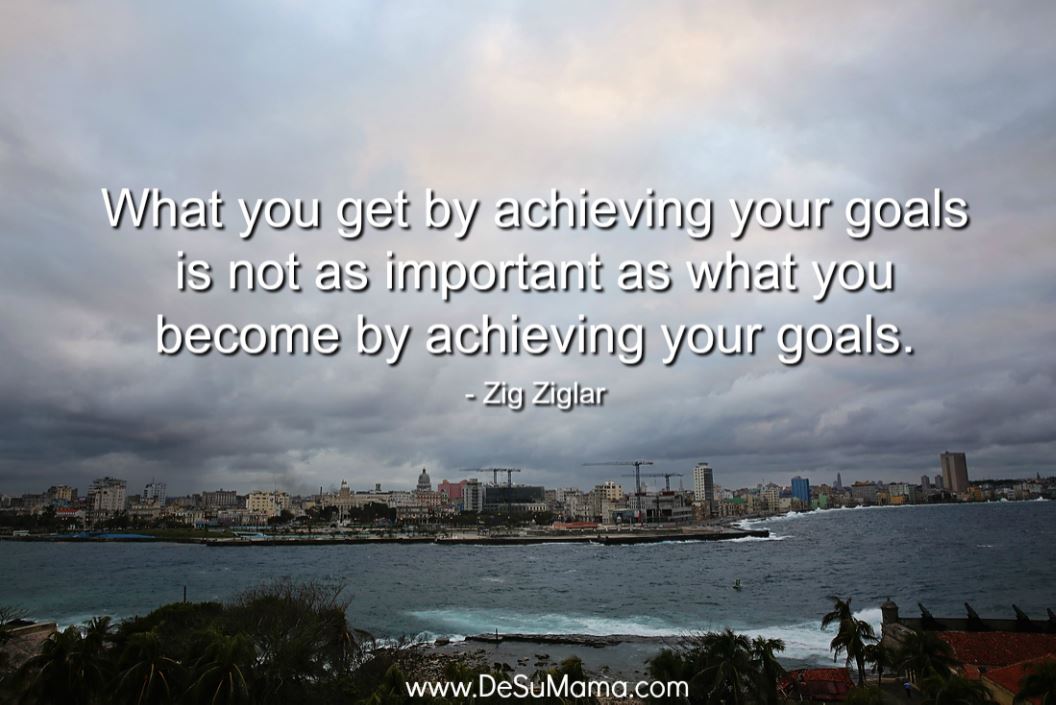 5 Goal Setting Activities
5 Goal Setting Activities
Here are 5 of our favorite goal setting activities we do with the kids to teach the art of goal setting. Take it slow and keep expectations age appropriate. Every year they learn a little more on how to examine their dreams and extract goals that are measurable and specific.
The goal setting activities below are a collection of tools and tips for fostering skills that will benefit the kids long into adulthood.
SMART Goals for Kids: The SMART method is the way I teach what is goal setting. It’s the only way we set goals. If a goal doesn’t pass the SMART test – Specific, Measurable, Achievable, Realistic and Time-Bound – then their desire is not a goal; it’s better described as a wish or dream or thought. This activity is the foundation of goal setting and should detail everything about your intentions.
Check out the post linked above for our goal setting worksheet, as well as more information on the SMART method. Print the worksheet for free and hang it at home.
Organization: Clutter takes time and energy to manage! Maintaining an organized household helps in our pursuits of success. While at the #TalkEarly Summit, Rachel advised us to set up a household Command Center and I thought it would be great for kids to create their own as well! A kid’s Command Center can even be a small area in their room or desk where they hang their SMART Goal Sheet and calendar. This is what Rachel says about Command Centers:
Command centers are a low-tech, high-reward system that cuts down on the time you spend coordinating everyone’s busy schedules. The command center is where we keep our calendar and is a way to take stock of what we have going on in our lives so that we know the fundamentals of who, what, when, where, why, and how. I have one designated go-to spot for everything.
The Discipline of Tracking: If you fail to plan, you plan to fail! Especially true when goal setting for students, the discipline to track your work is imperative to success. This is a practice of analyzing your habits and learning to course correct when necessary. My daughter expressed frustration with 3rd-grade math and, upon reviewing her goals planner, we realized she wasn’t spending sufficient time studying the subject. She’s a great student, but you don’t learn multiplication through osmosis! She set new, short-term goals and after 4 weeks was back on track with her year-end goal academic goals. Without the discipline to track her progress, she wouldn’t have known where to course correct.
This Goal Setting Journal for Kids is a great goals planner and tracker to help develop an attitude of achievement through discipline and tracking. Some things young kids can learn to track using lists and planners are:
- Time (for kids who think they don’t have enough)
- Chores
- Homework
- Screen Time
- Outdoor Time/Exercise
- Reading/Book goals
- Bonding Time with siblings/friends
The Right Mindset: My ultimate parenting goal these days is raising kids who are rooted in stability, which includes learning stress management. They don’t have to be everything, but they can be anything they want with proper goal setting, discipline, and organizational skills. For our family, that means leaning heavily on Growth Mindset principles. The belief our brains can learn anything with effort is a powerful one! When your goal setting activities are coupled with the motivated mindset of growth and possibility, kids always win.
Related: 75+ Growth Mindset Activities for Kids
Reflection: We don’t do many things well, but reflection is one area where our family excels. Take time to model periods of reflection for your child. Teach them to quietly observe how various goals and intentions make them feel – during and after goal completion. A few ways we do this are:
- Prioritize family meal times where we sit around our table and reflect on the day’s happenings.
- Keep daily gratitude journals for a very quick reflection. Keep these as bullet points. Without prompts, just with a focus on open reflection.
- Budget time to review tracking sheets and goals planner to audit for efficiency. Is there a better way to achieve your goals?
- Exploratory journal using prompts between family members. We use this Mother/Daughter Journal on a weekly basis (and I hope to start this Mother/Son Journal once my little guy shows an interest).
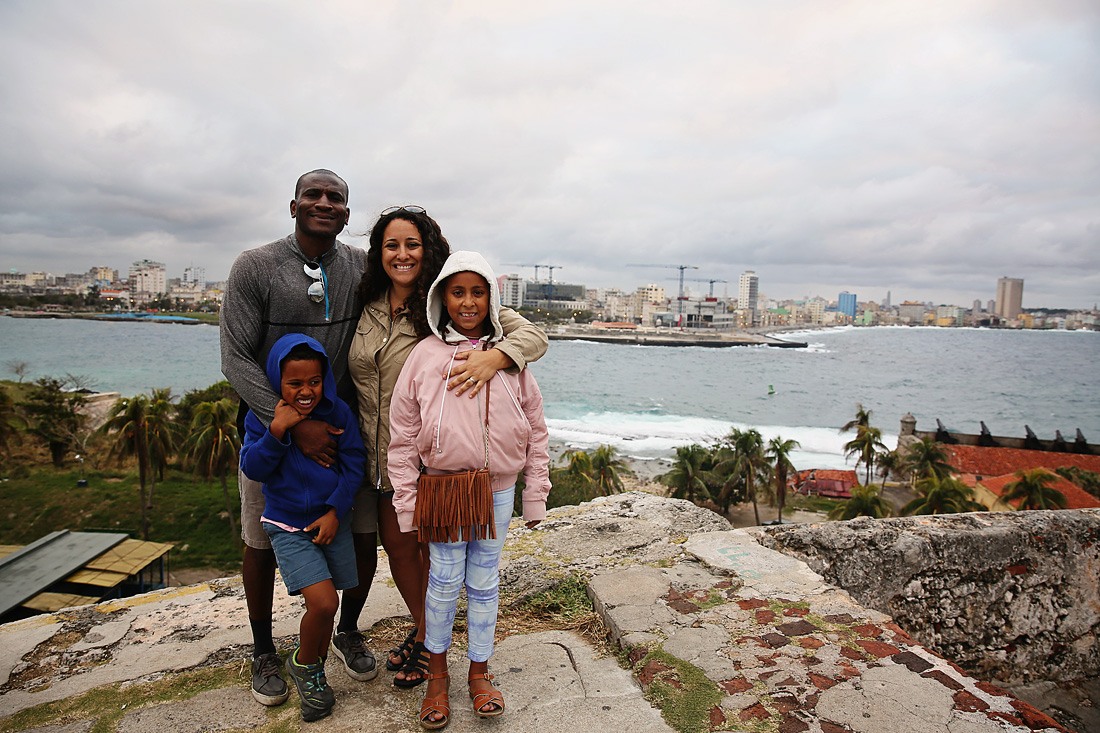 Parenting Goals
Parenting Goals
Our family goals include lots of travel and together time, but if you ask me what makes me MOST happy it’s watching these two kids grow. Our ultimate parenting goals are centered in creating spaces of open dialogue so that they believe we’re always available to guide them through life’s hard decisions… even including conversations about alcohol or peer pressure or feeling overwhelmed.
That’s why I’ve loved working with Responsibility.org and #TalkEarly this year. Their ultimate goal is helping us parents connect with our kids all year long! I encourage you to visit the website for more information on how to create a lifetime of conversations with your kids around alcohol and responsibility.

